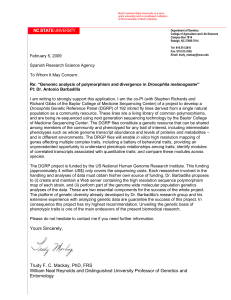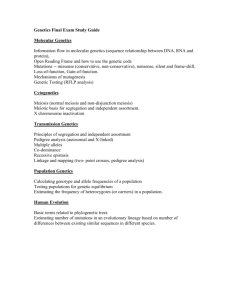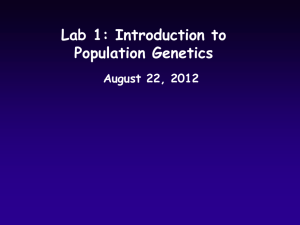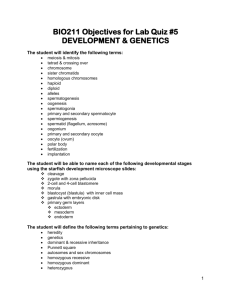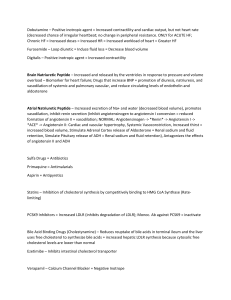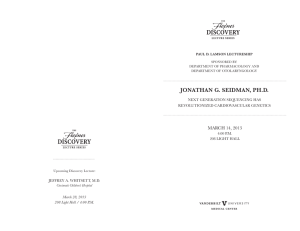this deck - Plenge Gen @rplenge
advertisement
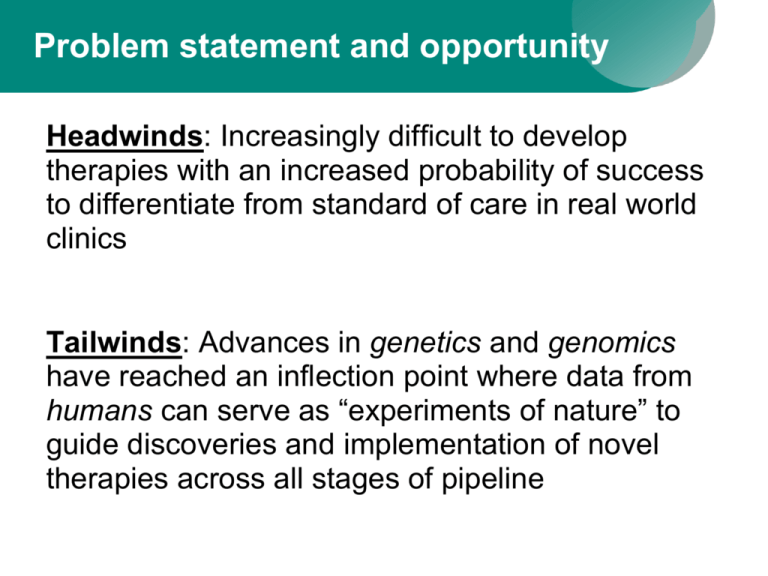
Problem statement and opportunity Headwinds: Increasingly difficult to develop therapies with an increased probability of success to differentiate from standard of care in real world clinics Tailwinds: Advances in genetics and genomics have reached an inflection point where data from humans can serve as “experiments of nature” to guide discoveries and implementation of novel therapies across all stages of pipeline Why do drugs fails? Human genetics helps to identify potential drug targets to start drug discovery “Drug” “Target” ? But, tens of thousands of potential targets… …and which one causes disease? …and how do you perturb the target? Disease Healthy “Drug” vs Disease Healthy The key steps are: 1. Map genetic differences in those with disease vs healthy; 2. Understand how these genetic differences lead to disease; 3. Develop drugs against these targets that reverse disease processes in the population. Human phenotype Pick a human phenotype for drug efficacy Assess pleiotropy as proxy for ADEs X X X Efficacy X X X X X Toxicity This provides evidence for the therapeutic window at the time of target ID & validation. Gene function New target for drug screen! Plenge, Scolnick, & Altshuler Nat Rev Drug Discovery (2013) There are encouraging examples of this principle working in drug discovery – example of PCSK9 Many genes influence cholesterol levels and risk of heart disease Atherosclerotic Plaque Thanks to new technologies, we can now find these disease genes… Disease Blood Flow Healthy …and design studies to find drugs that fix the underlying molecular defects – for example, blocking PCSK9 lowers LDL (or “bad”) cholesterol in the blood. PCSK9 LDLR LDL-C mAb LDLR Recycling Lysosome Also evidence that a portfolio of projects based on human genetics will outperform other portfolios Why now? Explosion of genotype-phenotype correlation “maps”, including nextgeneration sequencing in US clinics and large-scale discovery efforts in places like Finland and England Until recently, it was very difficult to establish accurate genetic maps of human disease… now we can! Cost of genome sequencing continues to drop rapidly… …which results in many more human genomes being sequenced… …and a more accurate molecular understanding of human disease.


